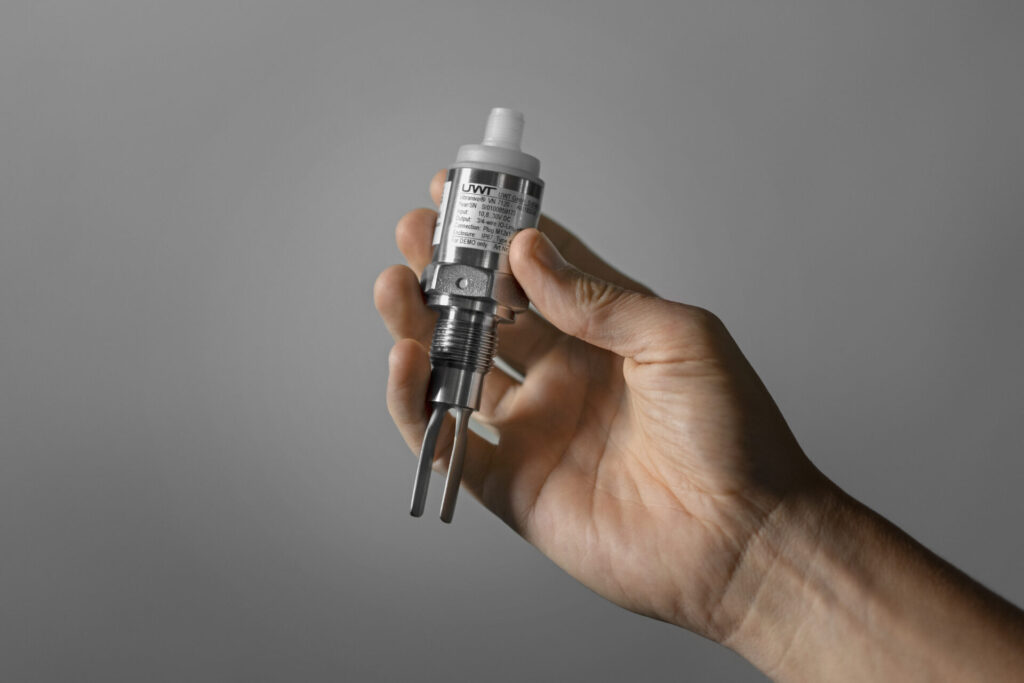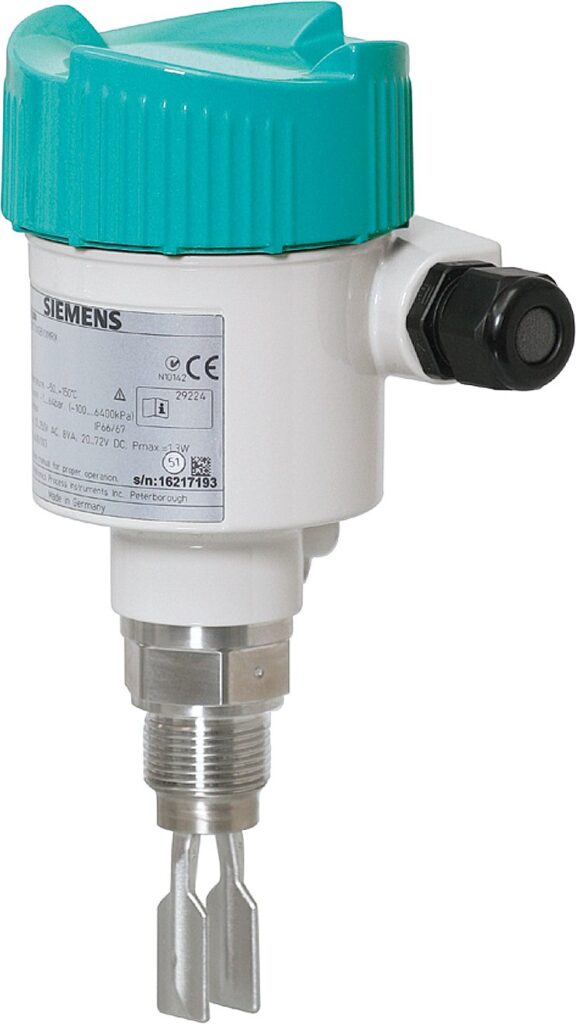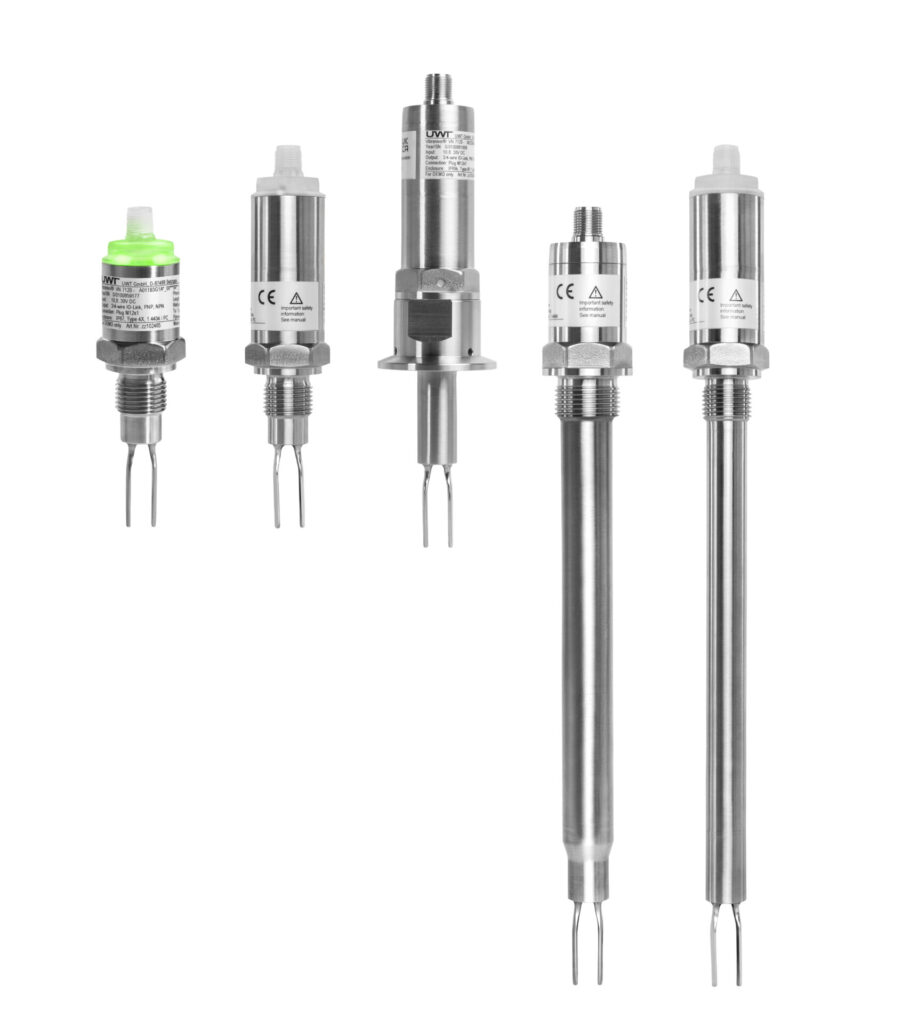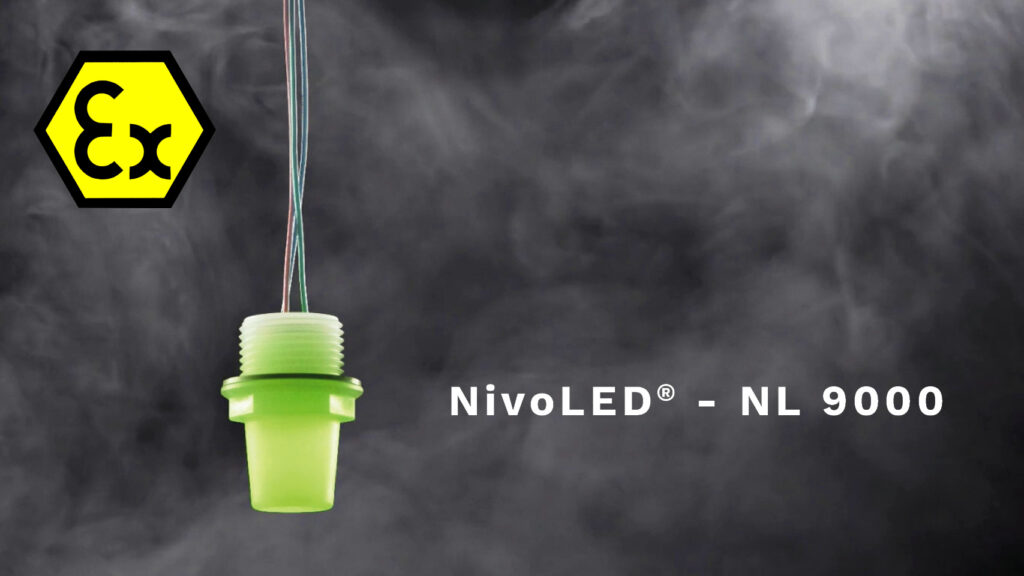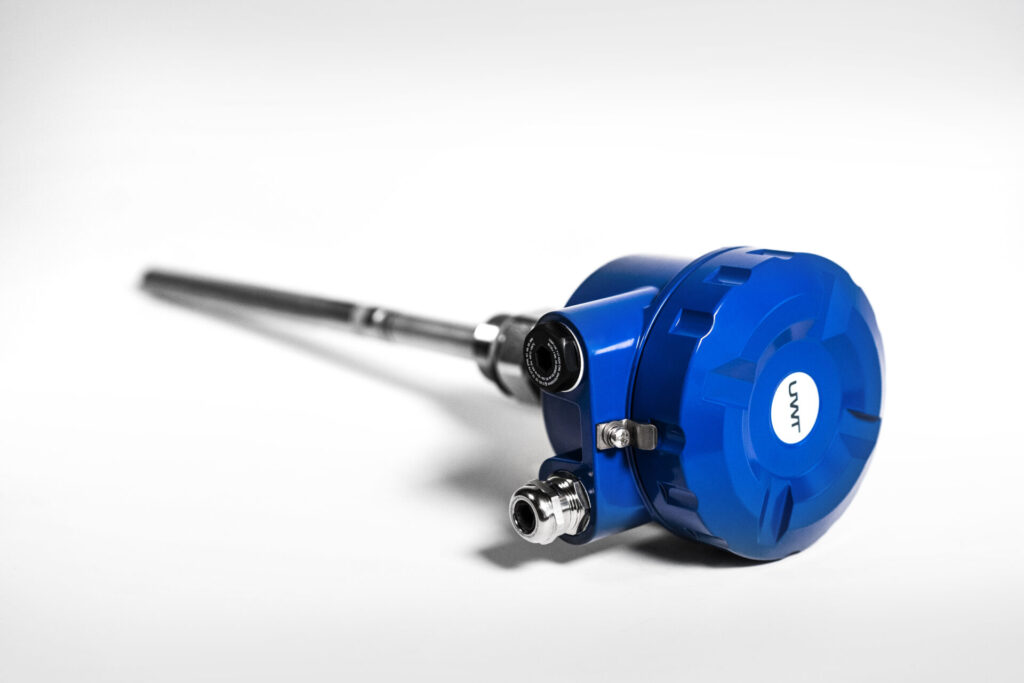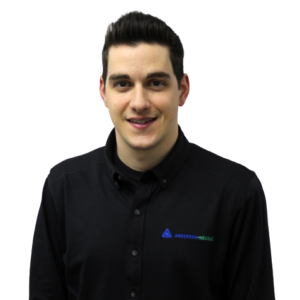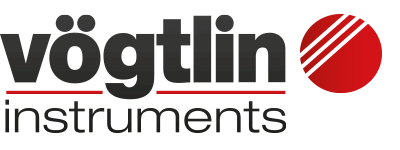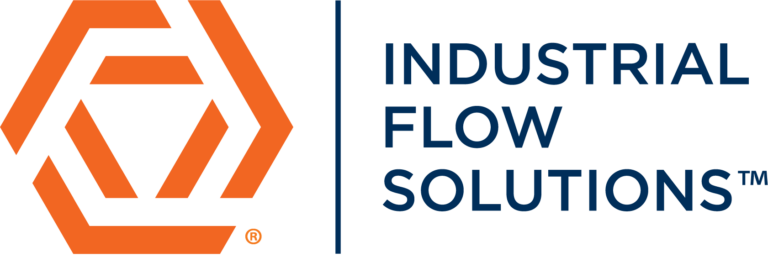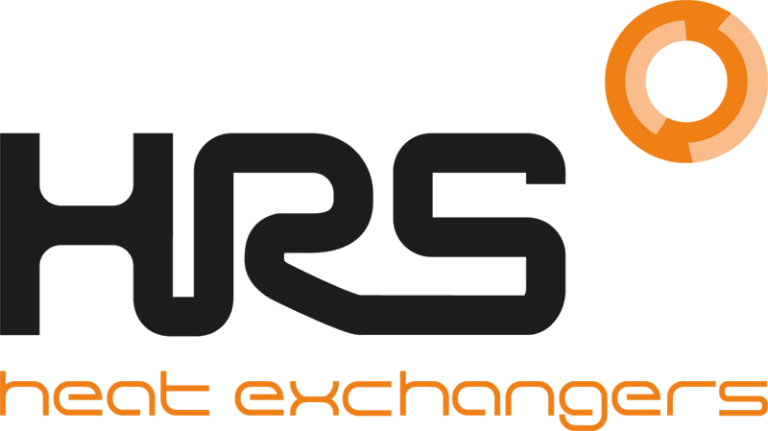Point level measurement
Capacitance level sensors
The capacitance level sensors are operated by using a probe for checking changes in the level. These level changes are converted into analog signals. Most commonly, the examinations consist of conducting wire by PTFE insulation.
Optical Level Sensors
The optical sensors work based on the changes of transmission in infrared light emitted from an IR LED. By using a high-energy IR diode and pulse modulation methods, the interference from the produced light can be reduced.
Continuous Level Measurement Sensors
Industrial ultrasonic level sensors
Industrial ultrasonic sensors are also used to detect the levels of sticky liquid substances and bulkiness materials. They work by emitting and receiving ultrasonic waves at roughly 20 to 200 kHz.
Radar (Microwave) Sensors
The operation of radar or microwave sensors is similar to ultrasonic. But, the pulses travel at the speed of light. The repeatability and reliability can be exaggerated, but this time by the dielectric constant of the fluid.


